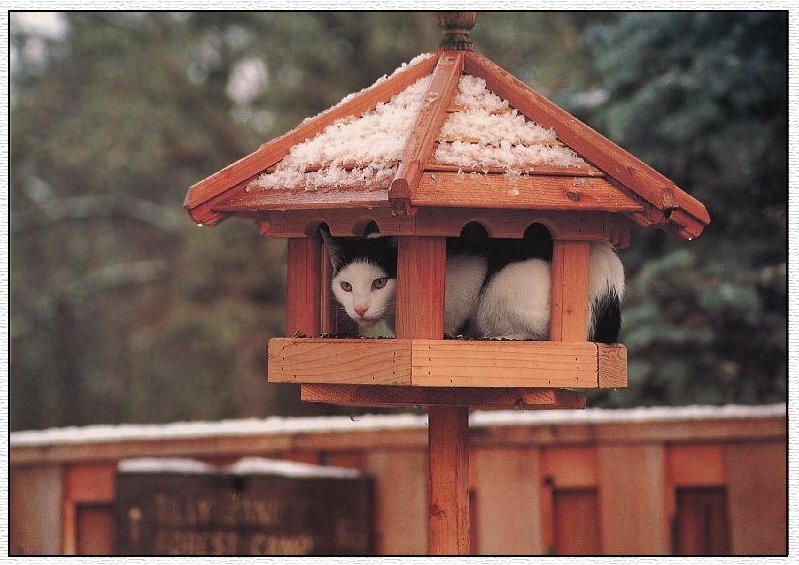|
| Query: Black cat | Result: 431st of 674 | |
Black&White Feral Cat kitten (Felis silvestris catus) <!--고양이-->
| Subject: | Black&White Feral Cat kitten (Felis silvestris catus)
| |

| Resolution: 799x565
File Size: 78868 Bytes
Upload Date: 2004:10:26 12:00:16
|
From: Donald Mathis
Newsgroups: alt.binaries.pictures.animals,alt.animals.felines
Subject: Re: Wanted: Pictures of Cats
name="Cat_01.jpg" |
^o^
Animal Pictures Archive for smart phones
^o^
|
|